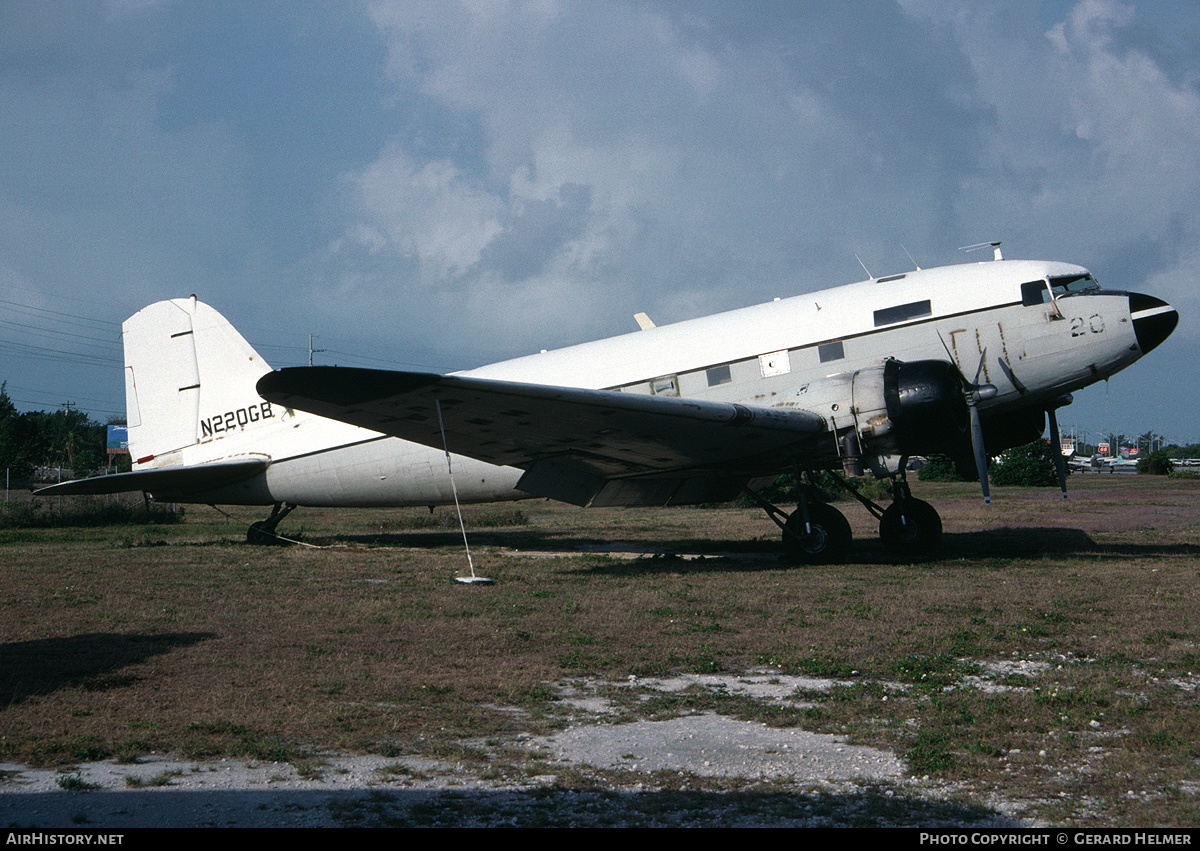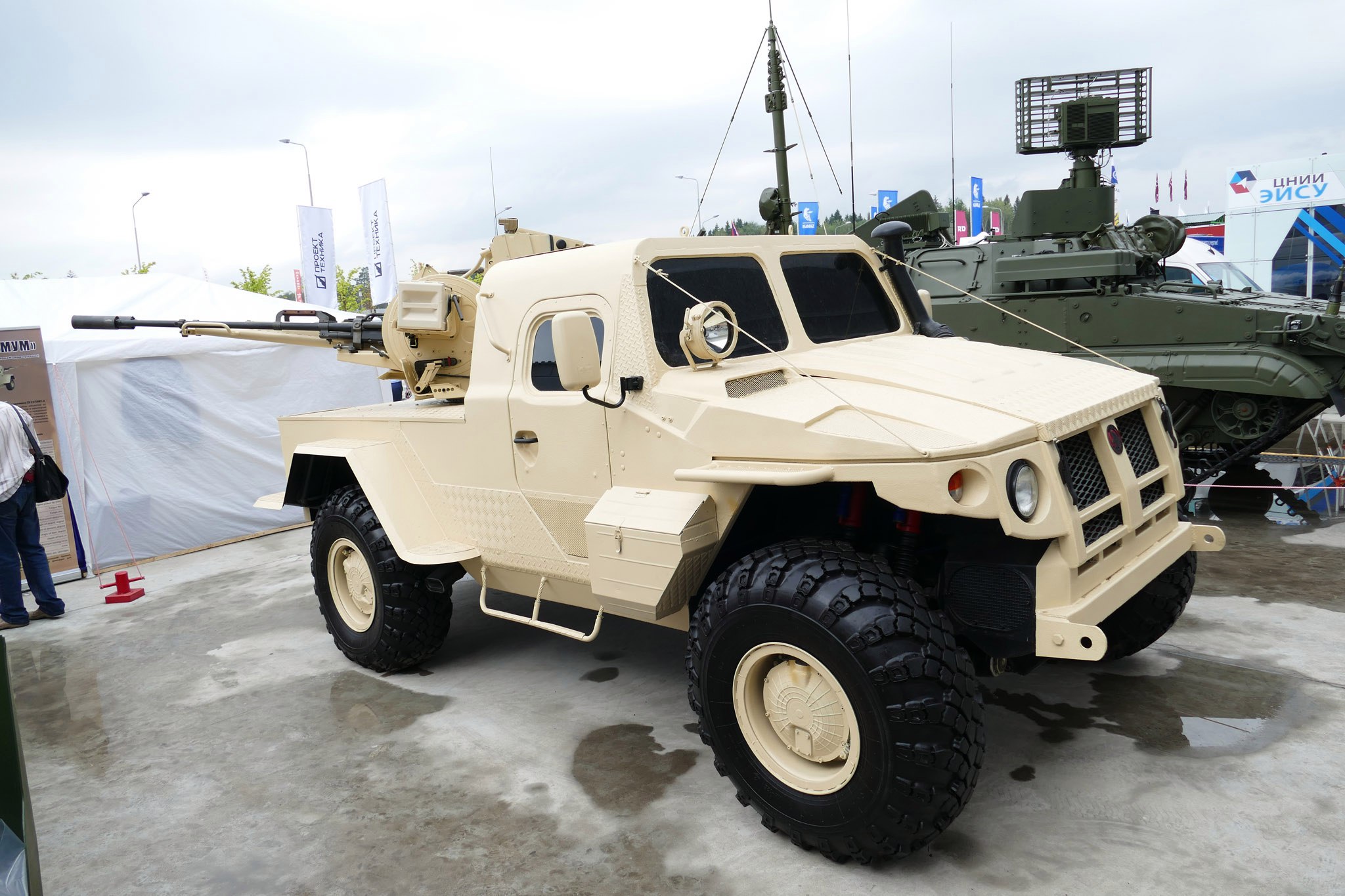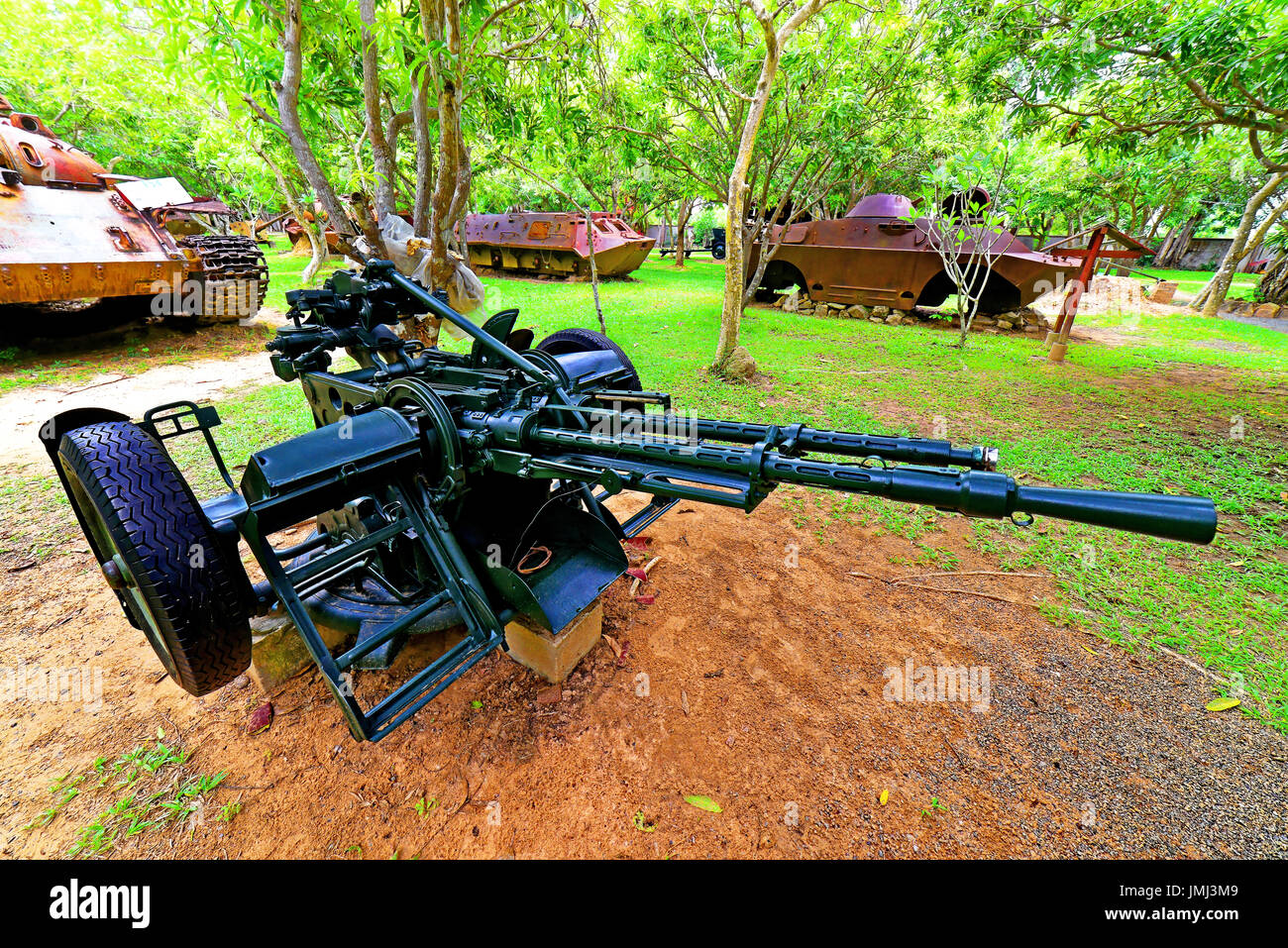Puff The Magic Dragon Aircraft - A number of AC-47 pilots and crew members were cited for bravery while serving aboard the plane, including Medal of Honor recipient Sgt. John L. Levitow. Levitow was on an AC-47 that was struck by a mortar round.
The "U" also has an advanced array of sensors including forward- and side-looking radar, low-light television, infrared sensing devices (ISDs), a global positioning system (GPS), and inertial navigation systems. This gives the gunship, according to the Air Force, "a method of positively identifying friendly ground forces as well as effective ordnance delivery during adverse weather (and night) conditions."
Puff The Magic Dragon Aircraft

The AC-47 initially used SUU-11/A gun pods that were installed on locally fabricated mounts for the gunship application. Emerson Electric eventually developed the MXU-470/A to replace the gun pods, which were also used on subsequent gunships.
Gunships Destroy Damage Enemy Vehicles
Although designated "Spooky" by the Air Force, the AC-47 was quickly nicknamed the "Puff the Magic Dragon" plane by ground troops. In some areas even its official call sign was changed from “Spooky” to “Puff.” Anyone who has ever heard Puff fire those three miniguns knows the reason for the new name.
The guttural roar made by the guns firing simultaneously could only come from a dragon—a very angry one. The idea for a side-firing gunship had been floating around military circles since at least 1926. In fact, the technique had been tested successfully in 1927 when 1st Lt.
Fred Nelson flew a DH-4 with a mounted .30-cal machine gun and destroyed a target on the ground. By then, the two converted gunships had flown 16 combat and 7 training missions. In February 1965, a gunship was sent to Bong Son, killing a hundred VC.
Another 150 or so VC are believed to have been killed in that action, but the survivors dragged away the bodies and a total body count was not possible. The truce of January 1973 ended American gunship operations in Vietnam and Laos.

The Lockheed Ac-A Prototype Arrives For Testing
The last combat mission for American gunships was flown over Cambodia on August 15, 1973. Unquestionably gunships played a vital role in America's efforts in Vietnam and were responsible for saving thousands of American lives. During the winter campaign of ’71 to ’72, gunships destroyed or damaged over 10,000 enemy vehicles, destroyed 223 watercraft, and damaged 142 others.
Most gunship activity in 1972 countered assaults by Communist forces on fire-support bases and provided fire support for troops. Note: Comment submission is temporarily unavailable while we make improvements to the site. We apologize for the interruption.
If you have a question relating to the museum's collections, please first check our Collections FAQ. If you require a personal response, please use our Contact page. In September 1967, the first Lockheed AC-130A prototype arrived at Nha Trang Air Base and began its test program.
Like its predecessor, the AC-119, the AC-130A carried four miniguns; in addition, it was equipped with four 20-mm cannon with 2,500 rounds of high-explosive incendiary ammunition, advanced electronics sensors, fire control systems, and searchlights. Before the addition of the flare launcher, the crews of gunships had only two crude but innovative defenses against the heat-seeking SA-7 Strela missiles commonly used by the enemy.
Sos Arrives Near Saigon For Command Support
The first was for a crew member to manually fire a handheld flare directly at an oncoming missile while hanging out the open rear cargo bay ramp. The tactic was meant to confuse the missile's infrared tracking system by giving it another "hot" target to lock onto;
sometimes it worked, sometimes it didn't. The main problem was, you usually only had one shot. The 4th Airborne Command and Control Squadron (aka SOS, “Special Operations Squadron”) arrived at Tan Son Nhut Air Base, near Saigon, on November 14, 1965, with 16 combat gunships and four others for command support and attrition.

Their mission was to respond with flares and firepower support of friendly positions during night attack, convoy escort, armed reconnaissance, close-air support, and interdiction. The development and early deployment of the AC-47 is the subject of The Gooney Bird by William C. Anderson.
Anderson went to Vietnam to research this novel, which features a fictional story written around a number of historical facts. The first night mission was flown on the night of December 23, over an outpost under attack near Thanh Yend.
The Lockheed C- Creep Shadow And Stinger
The ship fired more than 4,500 rounds of ammunition and dropped 17 flares, successfully halting the enemy assault on the outpost. In 1970, the Indonesian Air Force converted a formerly civilian DC-3. The converted aircraft was armed with three .50 caliber machine guns.
During 1975 the Indonesian Air Force used its "AC-47" in the Indonesian invasion of East Timor to attack the city of Dili. Later, the aircraft was used in Indonesian military CAS (Close Air Support) missions in East Timor.
A retirement date is unknown. The Douglas AC-47 Spooky (also nicknamed "Puff, the Magic Dragon") was the first in a series of gunships developed by the United States Air Force during the Vietnam War. More firepower than could be provided by Light and medium ground-attack aircraft was thought to be needed in some situations when ground forces called for close air support.
But the Army Air Corps and the Army Air Forces never came around to the idea. It was 1963 before the idea of a side-firing aircraft got another serious test. A C-131B modified with gunsights and a minigun was successful in early tests and the experiment was repeated with a C-47.
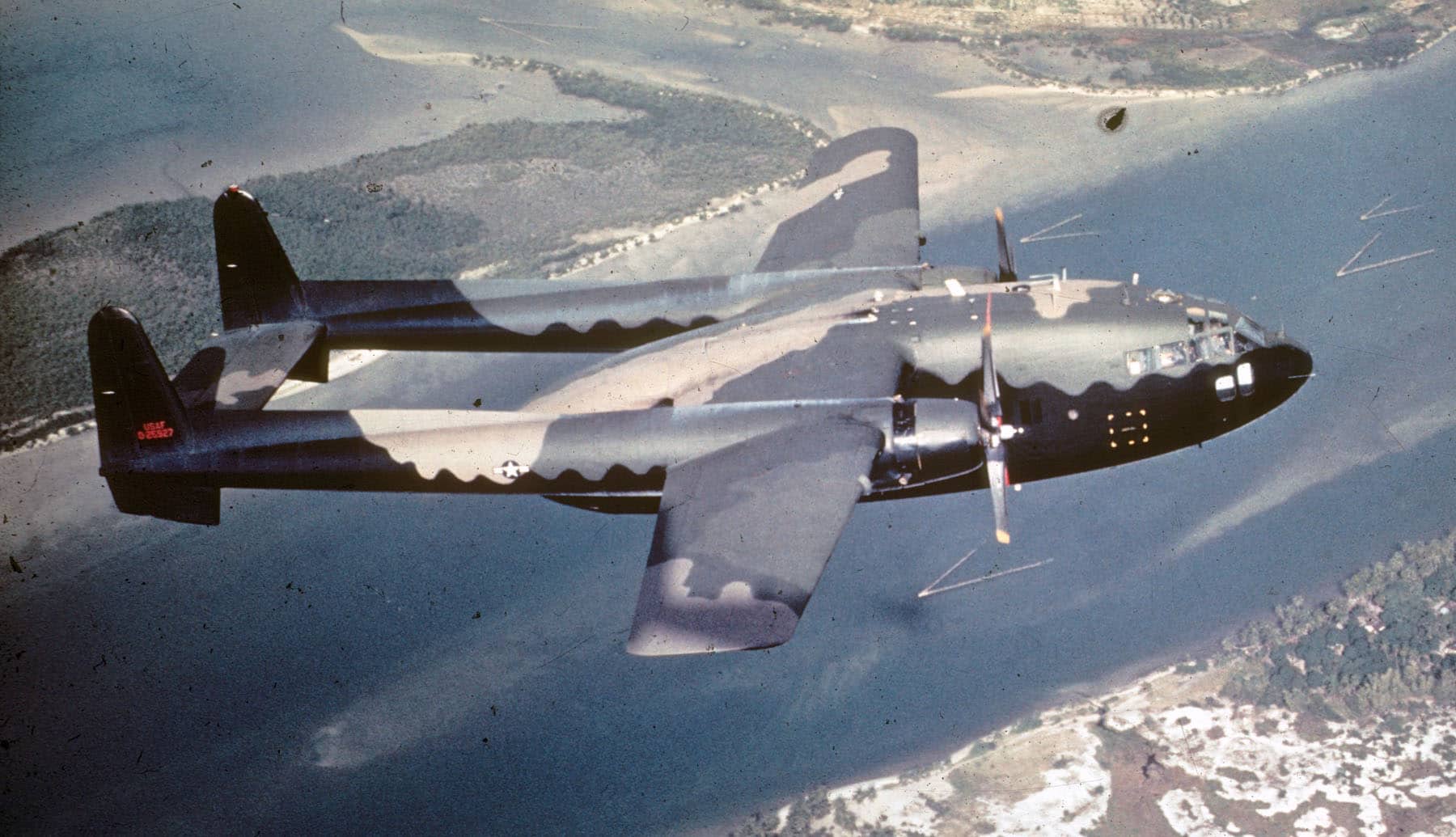
Flir System Enhances Ship’s Abilities
Constitution Avenue, NW Between 12th and 14th Streets Washington, D.C. In seeking a replacement for the AC-47, the brass settled on the new Lockheed C-130. Unfortunately there were not enough of them available at the time, so the C-119G Flying Boxcar transport planes would be used until sufficient C-130s were available.
All AC-119G and K gunships were equipped with four miniguns and a NOD (Night Observation Device) or starlight optical sensor. In addition, all AC-119Ks were equipped with two 20-mm cannon and a side-looking radar. The later addition of a Forward-Looking Infrared Radar (FLIR) system greatly enhanced the ship's ability to detect and destroy enemy vehicles.
Even when stationary and hidden under heavy foliage, the new system could detect heat rising from still-warm engines. For the next four years, AC-47 gunships distinguished themselves in more than four thousand missions over South Vietnam and Laos.
They accounted for at least 5,300 enemy killed, and hundreds of enemy trucks destroyed or damaged. Not a single hamlet or fort defended by Puff was ever overrun. The effectiveness of such a gunship was dependent upon its ability to direct concentrated fire on enemy positions in close proximity to friendly forces.
The Evolution Of Puff The Magic Dragon Plane
The chosen craft also had to have enough power and cargo space to carry the necessary armament and heavy loads of ordnance. The Lockheed AC-130A prototype test program ended on December 12, 1967. The final evaluation stated that the AC-130 had three times the combat effectiveness of the AC-47.
The AC-130A gunship's principal advantages were more power (four engines), more cargo space, and more cargo-carrying capability. These advantages allowed the AC-130 to have more and larger armament, more ordnance, and more speed. The pilots would take off with a 7-man crew and seek out small bases and villages under fire by North Vietnamese forces.
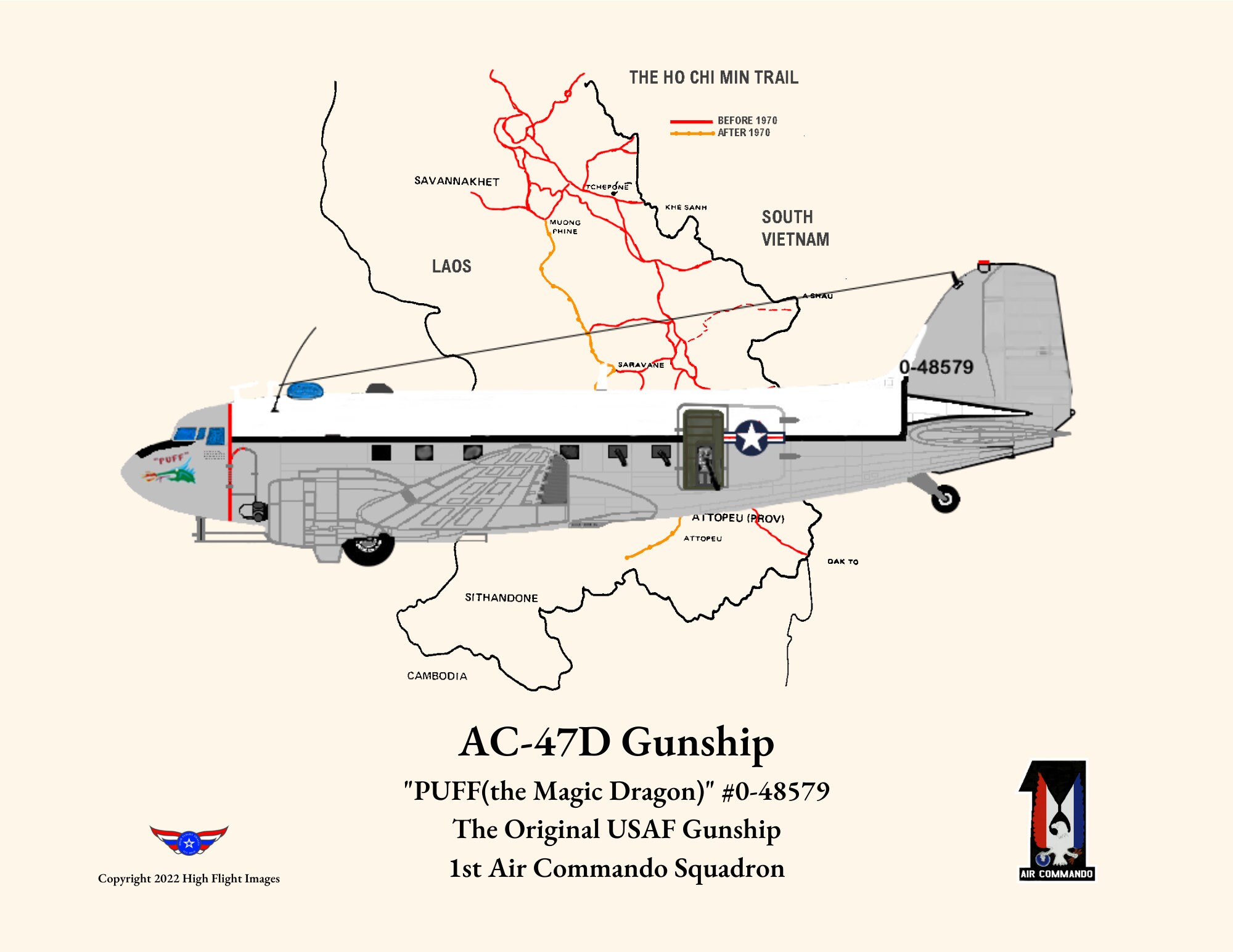
When fighting popped off, the crew would drop flares out of the open door and the pilot would fly a race track pattern over the target, pouring fire on it the whole time. In February 1972, the first AC-130E Specter was outfitted with a 105-mm Howitzer in place of one of the 40-mm Bofors cannons.
This gave the gunship a much greater firing range and allowed it to fire from a higher altitude. The addition of the Howitzer also made the gunship a much more effective spotter aircraft. A1C John L. Levitow, an AC-47 loadmaster with the 3rd SOS, received the Medal of Honor for saving his aircraft, Spooky 71, from destruction on 24 February 1969 during a fire support mission at Long Binh.
Other Air Forces
The aircraft was struck by an 82 mm mortar round that inflicted 3,500 shrapnel holes, wounding Levitow 40 times, but he used his body to jettison an armed magnesium flare, which ignited shortly after Levitow ejected it from the aircraft, allowing the AC-47 to
return to base. The armament chosen for the gunships was the General Electric rotary-barreled M-134 machine gun, known as the “minigun,” which could fire either fifty or a hundred rounds of 7.62-mm ammunition per second. Initially three miniguns per ship would be fixed-mounted in a side-firing configuration.
Positioning the aircraft at the proper altitude and angle was the only means of aiming the weapons. The AC-130A prototype flew its last mission on November 18, 1968, and was returned to the States once more.
During its short combat career, the prototype was determined to be the most cost-effective close-support and interdictive craft in the U.S. Air Force arsenal. By 1969, the old AC-47s were beginning to wear out, and it was no longer feasible to keep rebuilding and maintaining them.
Six “Spectre” Gunships In Southeast Asia
On December 1, 1969, a lone AC-47 gunship flew its final mission in Vietnam under American command. The remaining ships were turned over to the South Vietnamese and Laotian Air Forces and continued to fight. The mighty dragon Puff evolved from very humble beginnings.
The predecessor of the first fixed-wing gunship used in Southeast Asia was the WWII twin-engined C-47 (DC-3) “Gooney Bird,” which was first brought to Vietnam as a transport and cargo ship in November 1961. Shortly after
their arrival, many C-47s were outfitted as "flare ships" and designated FC-47 ("F" for flare) to drop huge parachute flares over enemy positions during night attacks. In November 1963, FC-47s flung more than seven thousand flares over enemy positions.
The first AC-119G gunships arrived in Vietnam in December 1968, as the 71st Special Operations Squadron. Four AC-119Gs were in the country by January 1969, but trials revealed that the craft was slow, hard to maneuver, and vulnerable to enemy ground fire;
Spooky And Puff
consequently it was not to be used in high-threat situations. Close-air support was the most appropriate use for the "G" model. This air-to-ground attack aircraft features advanced armament with new computer-directed gun systems. No longer stationary, or fixed-mounted, the guns now have computer-driven, trainable mounting systems, integrated with fire-control avionics.
These advanced fire-control systems are fed target coordinates from infrared and radar sensors. In September 1971, AC-119s began to be turned over to the South Vietnamese Air Force in preparation for the introduction of the latest model gunship, a converted four-engine C-130 cargo plane.
The transfers were completed and Vietnamese crews were fully trained by May. Appreciate the article, served Vietnam 66/67. Sent there as 5000 gal JP4, DIESEL, AV GAS, 500 POUNDERS, NAPALM, & any thing else ! Many of us have a zillion experiences.
Keep publishing them-our stories do matter! Thank you Bob Buckley As the United States began Project Gunship II and Project Gunship III, many of the remaining AC-47Ds were transferred to the Vietnam Air Force (VNAF), the Royal Lao Air Force (RLAF), and to Cambodia, after Prince Sihanouk was deposed in
By Ron Sanders
a coup by General Lon Nol.
c 130 puff the magic dragon video, c130 puff of the dragon, ac 130 gunship, lockheed ac 130, puff the magic dragon c 130, douglas ac 47 spooky, puff the magic dragon gunship c 130, ac 130






